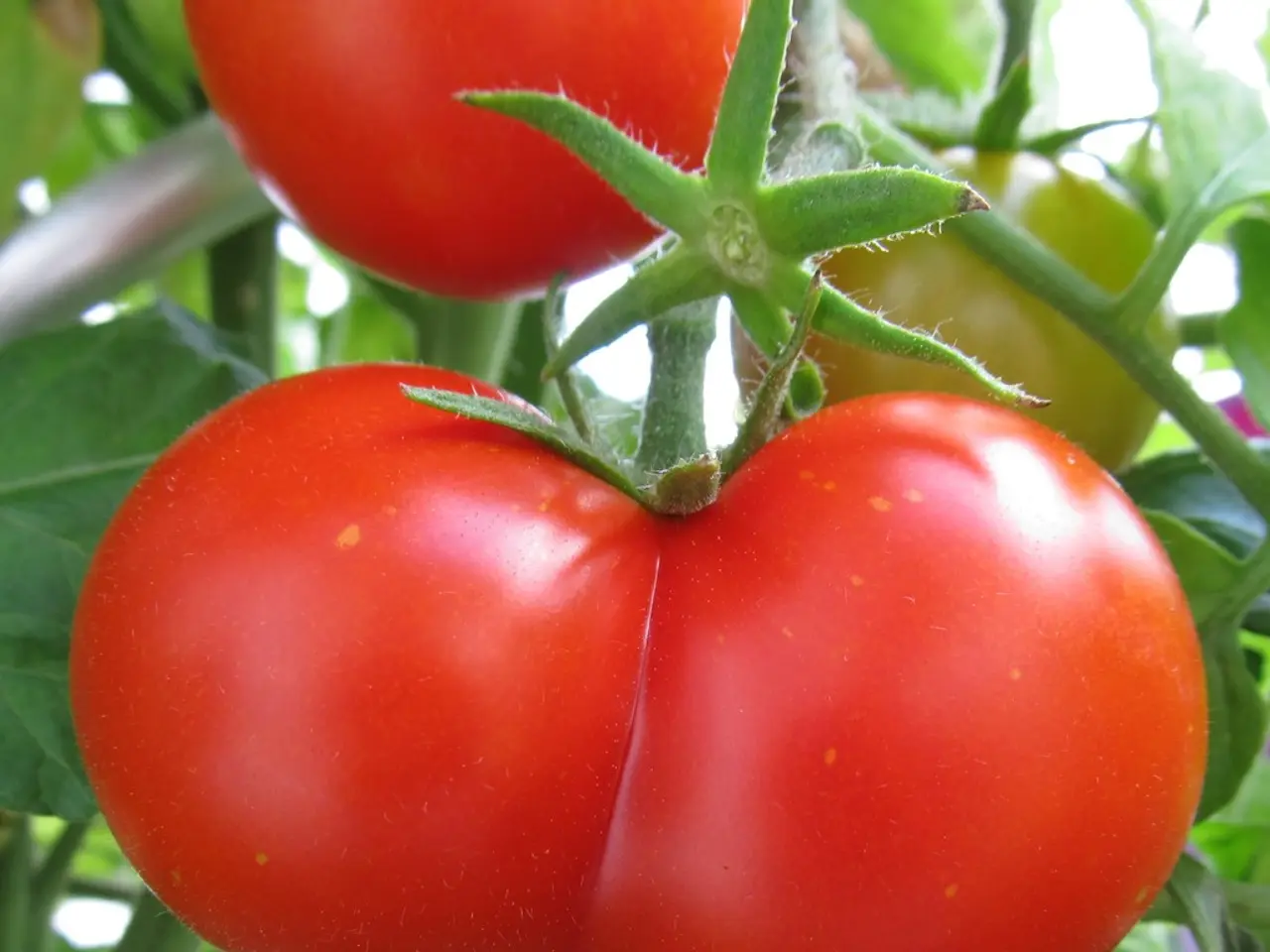Ideal Methods for Readying Backyard Dirt for Cultivating Tomatoes
In the heart of your backyard garden, there's a spot waiting for a burst of vibrant red and juicy flavour – the tomato patch. To ensure a bountiful harvest, it's essential to prepare the soil correctly. Here's a step-by-step guide to creating a nutrient-rich, well-structured, and disease-resistant environment for your tomatoes.
Step 1: Clear the Planting Area
Begin by removing existing vegetation such as grass and weeds. Methods like sheet mulching (layering cardboard topped with compost) or physically removing turf with a spade or sod cutter work well. Avoid chemical herbicides to protect beneficial soil organisms.
Step 2: Incorporate Organic Matter
Enrich the soil with 2–4 inches of well-rotted compost or composted manure, worked into the top 8 inches. This boosts nutrient content, improves soil structure, enhances water retention, and encourages beneficial microbial activity.
Step 3: Ensure Well-Drained, Loose Soil
For optimal tomato growth, the soil should be well-drained and loose. Mix organic matter and amend heavy clay or sandy soils accordingly to achieve this ideal balance.
Step 4: Level the Soil Surface
Level the soil surface for even water distribution and root development, especially in raised beds. This ensures a solid foundation for your tomato plants.
Step 5: Check and Adjust Soil pH
Test the soil pH level before planting, as tomatoes prefer a slightly acidic soil (pH around 6.0 to 6.8). Adjust as necessary to optimize nutrient availability.
Step 6: Choose the Right Soil Mix
When choosing a soil mix for tomatoes, consider drainage, nutrient-rich content, and moisture retention. A blend of peat moss, compost, and perlite can provide an excellent starting point.
Step 7: Amend the Soil
To amend the soil for tomatoes, add organic matter, incorporate nutrients, and till the soil. This will create a thriving environment for your tomato plants.
Step 8: Mulch the Soil Surface
After planting, apply a 2-3 inch organic mulch (e.g., straw or hay) to retain moisture, suppress weeds, and regulate soil temperature without harming plants.
Cultural Tips for Healthy Tomato Growth
- Plant seedlings deeply by burying lower stems to encourage extra root development.
- Provide full sun exposure—at least 6–8 hours daily.
- Space plants 18–24 inches apart for good air circulation to reduce disease risk.
- Use stakes or cages for support.
- Tomatoes grown in organic soil often taste better compared to conventionally grown ones.
By following these combined soil preparation and cultural practices, you'll create a nutrient-rich, well-structured, and disease-resistant environment that supports vigorous tomato growth and abundant harvests in your backyard garden. Happy planting!
Cultivating a top-quality tomato patch in your home-and-garden is a delightful endeavor that significantly enhances your lifestyle. By creating a rich, well-drained, and loamy soil environment, coupled with adopting proper planting techniques, you'll not only foster healthy tomato plants but also enjoy homegrown, juicy, and flavorful produce.




